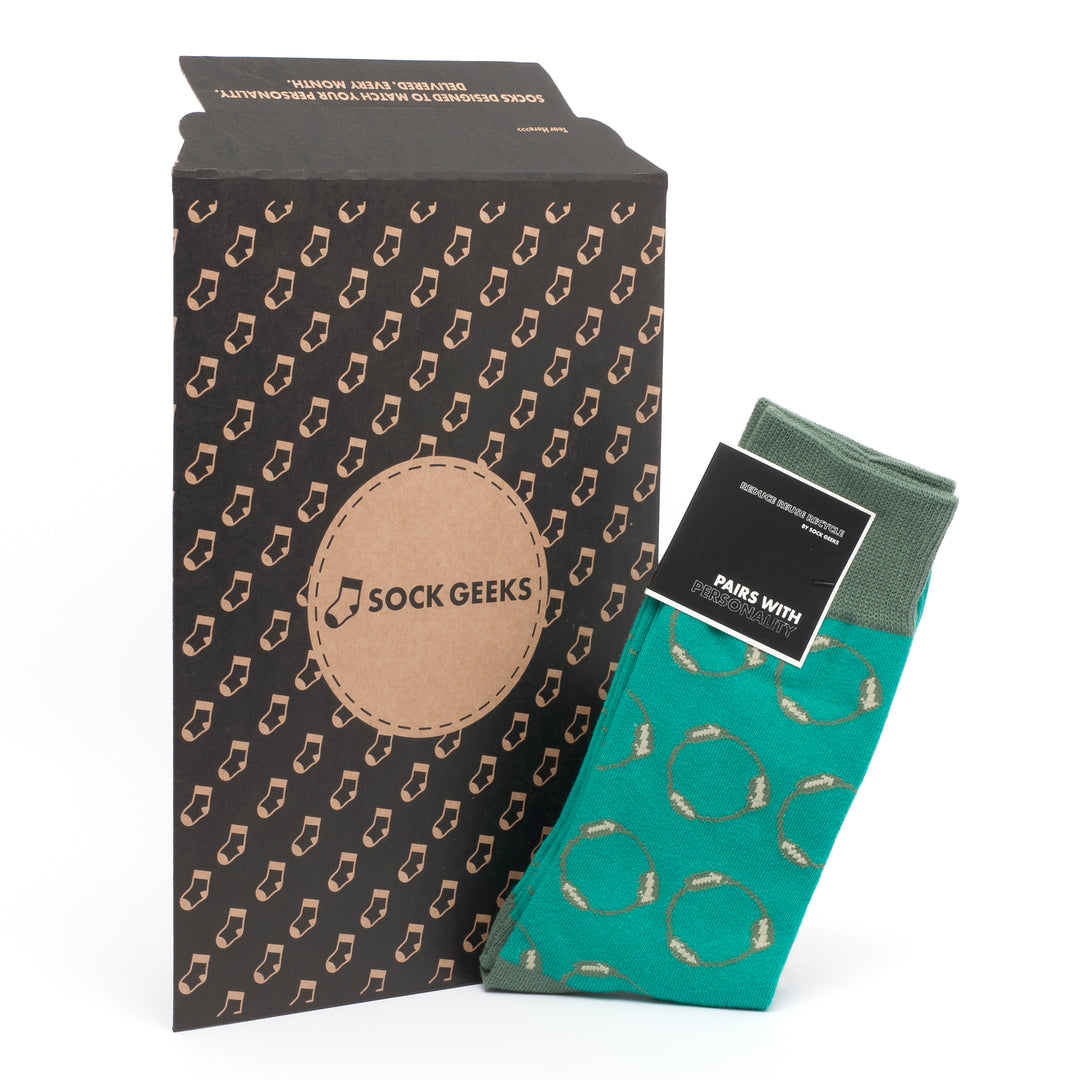Compression Socks for Diabetics: What You Need to Know
Living with diabetes means paying close attention to circulation and foot health. At Sock Geeks, we understand how vital these two factors are, and we're here to support your well-being through high-quality, compression socks that blend comfort, safety, and style. In this guide, we’ll explore whether compression socks are suitable for diabetics, how to choose the right pair, and what to consider before making them part of your routine.

Understanding Compression Socks and Diabetes
Compression socks are specially designed to apply gentle, graduated pressure to your legs, encouraging better blood flow and reducing swelling. For people with diabetes, especially those managing peripheral neuropathy or poor circulation, this can be a game-changer. While diabetic socks are typically non-binding and made to reduce friction, compression socks serve a different but complementary purpose - supporting circulation and preventing fluid buildup.
You can explore our range of custom compression socks for diabetics designed with both comfort and functionality in mind.
Benefits of Compression Socks for Diabetics
Compression socks, when properly fitted, can offer a range of benefits for those living with diabetes:
-
Improved circulation: They help maintain consistent blood flow in the legs, reducing the risk of complications.
-
Reduced swelling: Graduated compression supports venous return, preventing fluid buildup in the feet and ankles.
-
Lower risk of blood clots: For diabetics who sit or stand for long periods, compression socks can reduce the risk of deep vein thrombosis (DVT).
-
Enhanced comfort during activity: Active individuals with diabetes can benefit from added leg support during exercise or long days on their feet.
Important Considerations Before Use
It’s important to remember that not all diabetics should wear compression socks without medical advice. Compression levels vary, and wearing socks that are too tight can restrict rather than improve circulation.
Always consult your GP or healthcare professional before using compression garments. They can help determine the right compression level for your individual condition and recommend whether mild, moderate, or firm compression is most appropriate.
Choosing the Right Compression Socks
When shopping for compression socks, diabetics should focus on:
-
Graduated compression levels (typically 15–20 mmHg for light support)
-
Seamless designs to avoid irritation
-
Breathable, moisture-wicking fabrics to keep feet dry
-
Correct sizing to ensure no bunching or tight spots that can cause skin irritation
At Sock Geeks, we offer personalised compression socks crafted from premium materials with both health and design in mind.
Care and Maintenance
Compression socks should be washed after each use to maintain elasticity and hygiene. Follow the care instructions provided with your socks to extend their life. Our custom socks are designed for durability, so with proper care, they’ll continue to provide consistent compression and support.
For more on how to care for your custom socks, check out our sock care guide.
1. Are compression socks safe for diabetics?
Yes, compression socks can be safe and beneficial for many people with diabetes—especially those experiencing poor circulation or swelling in the legs. However, it’s important to consult your GP or healthcare provider first. Wearing compression that’s too tight without guidance can restrict blood flow and cause complications.
2. What are the benefits of compression socks for diabetics?
Compression socks offer several key benefits for diabetics:
-
They improve circulation in the legs
-
Help reduce swelling in the feet and ankles
-
Lower the risk of deep vein thrombosis (DVT)
-
Provide added comfort and support during daily activity
3. What compression level is best for diabetics?
Mild to moderate compression (usually 15–20 mmHg) is often recommended for diabetics, but the ideal level depends on individual health needs. A medical professional can help you choose the right compression strength based on your condition and symptoms.
4. How do diabetic compression socks differ from regular socks?
Compression socks are designed to gently squeeze the leg to support better blood flow, while regular socks do not provide targeted pressure. Unlike standard diabetic socks—which are non-binding and reduce friction compression socks focus on improving circulation and controlling swelling.
5. How do I choose the best compression socks for diabetes?
Look for socks that offer:
-
Graduated compression in the 15–20 mmHg range
-
Seamless construction to avoid irritation
-
Breathable, moisture-wicking fabric
-
Accurate sizing for a snug but comfortable fit
At Sock Geeks, we offer personalised compression socks made in the UK to meet both health and style needs.
Final Thoughts
Compression socks can be a valuable tool in a diabetic’s health toolkit - but only when used with care and under professional guidance. They offer real benefits when chosen and worn correctly, from reducing swelling to enhancing daily comfort.
At Sock Geeks, we’re proud to support foot health with socks that are not only functional but also fun and stylish. If you’re considering compression socks for diabetes management, start with a consultation and explore our range of compression socks designed for comfort and support.




















Leave a comment